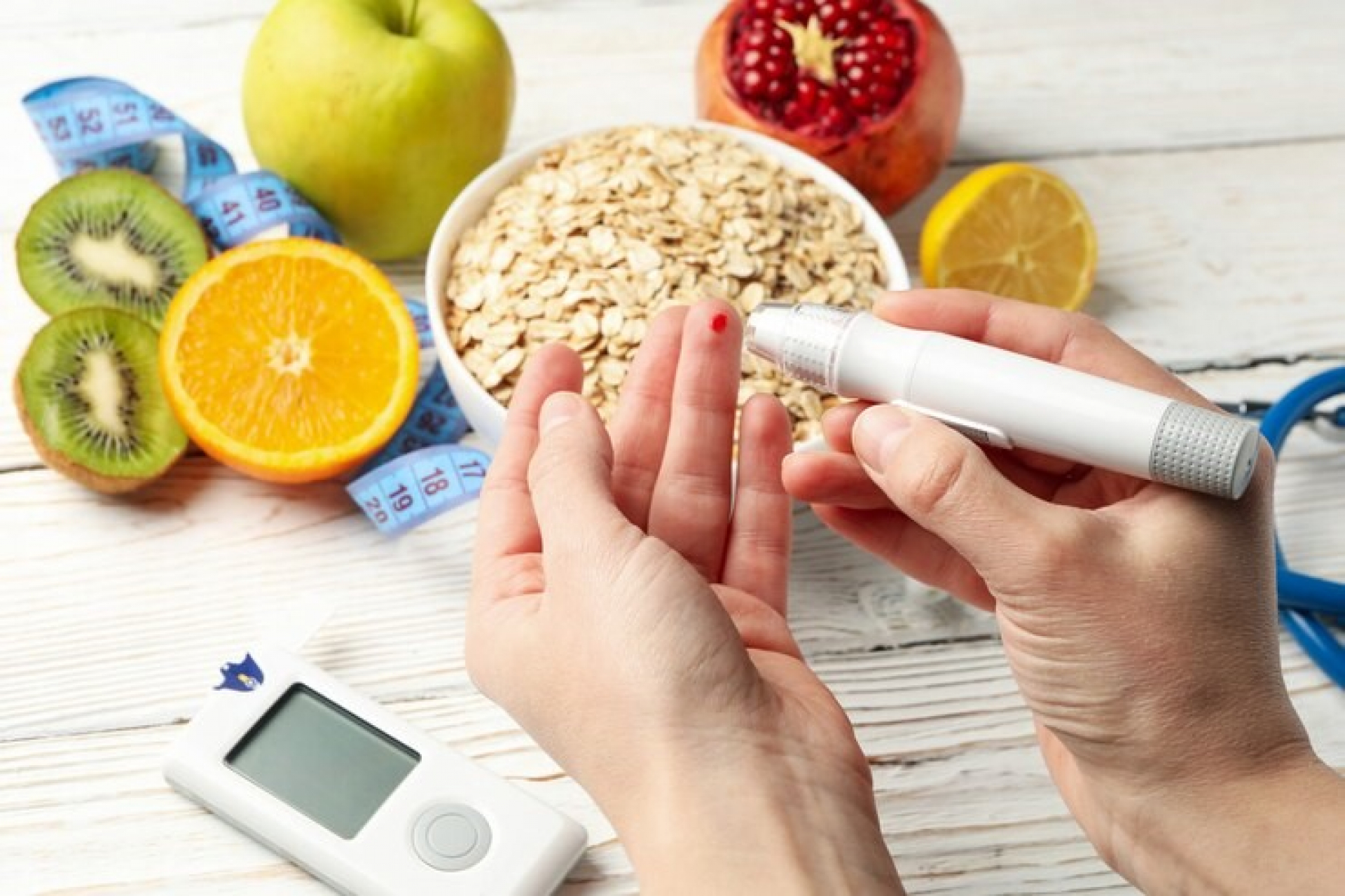Myth-Busting Guide: Can Diabetics Eat Fruit Safely?
Fruit often gets a bad rap in diabetes management, but is it really off-limits? The short answer: no. While fruit contains natural sugars, it also delivers fiber, antioxidants, and essential nutrients that play a role in overall health. The key lies in understanding how to choose and consume fruit smartly.
Are Fruits Off the Table for People with Diabetes?
One of the most persistent myths in diabetes nutrition is that people with diabetes must avoid all fruits to control blood sugar levels. However, this belief is not supported by leading medical authorities.
According to the American Diabetes Association (ADA, 2023), whole fruits can and should be part of a balanced diabetes-friendly diet. Unlike added sugars in processed foods, the natural sugar in fruit is accompanied by fiber, water, and nutrients that help slow down sugar absorption.
Understanding the Glycemic Index: Which Fruits Spike Blood Sugar?
The glycemic index (GI) is a valuable tool for identifying how quickly foods increase blood glucose. For those with diabetes, choosing fruits with a low to moderate GI is ideal.
- Low GI (<55): Berries, apples, oranges, peaches, pears
- Medium GI (56–69): Bananas (ripe), mango, papaya
- High GI (≥70): Watermelon, overripe bananas, dates
Pairing fruit with protein or healthy fats, like Greek yogurt or a handful of nuts, can further reduce the glycemic response.
What Are the Best Fruits for Diabetics?
Low-GI and high-fiber fruits are the best choices for stable blood sugar levels:
- Berries: High in fiber and antioxidants; great for snacking or adding to oatmeal.
- Apples and Pears: Especially with the skin on for added fiber.
- Citrus fruits: Oranges and grapefruits offer vitamin C and hydration benefits.
- Avocados: A low-carb fruit packed with healthy fats.
As emphasized by Harvard T.H. Chan School of Public Health (2022), the quality and portion size of carbohydrates, including fruit, are critical for diabetes care.
Debunking Common Fruit Myths for Diabetics
Myth 1: All fruit is bad for blood sugar.
Fact: Many fruits have a low GI and support blood sugar balance when consumed in moderation.
Myth 2: Fruit juice is a healthy substitute for whole fruit.
Fact: Juices lack fiber and can lead to quick glucose spikes.
Myth 3: Dried fruits are safe because they’re natural.
Fact: They are sugar-dense and often contain added sugars, read labels carefully.
Myth 4: Organic fruit is always a better option.
Fact: Organic doesn’t always mean low sugar or low GI; assess each fruit on its nutritional profile.
How Does Fruit Affect Blood Sugar? Use Self-Monitoring
The most accurate way to understand your body’s response to different fruits is through self-monitoring of blood glucose.
According to the Centers for Disease Control and Prevention (CDC, 2023):
- Check blood sugar before eating fruit.
- Recheck 1–2 hours post-meal.
- Track the results over time.
This feedback loop helps personalize your fruit choices.
What Tools Can Help Track a Diabetes-Friendly Diet?
Using a diabetes nutrition app or journal helps manage both food intake and glucose levels. Some apps also sync with continuous glucose monitors (CGMs).
Benefits include:
- Tracking carbohydrates and fiber
- Logging symptoms and energy levels
- Monitoring meal timing and hydration
These strategies offer a comprehensive view of how your lifestyle habits affect blood sugar.
How Can You Safely Add Fruit to a Diabetic Diet?
Here are safe, science-backed strategies:
- Prioritize whole fruit: Choose fresh or frozen over juices.
- Control portions: Stick to a palm-sized amount (½ cup to 1 small fruit).
- Pair wisely: Combine with protein or fat to reduce sugar absorption.
- Space your servings: Spread fruit across meals, not all at once.
- Avoid added sugar: Especially in canned or dried fruit; look for “no added sugar” labels.
When Should You Limit or Avoid Fruit?
Certain conditions require additional care:
- Uncontrolled blood glucose levels
- Gestational diabetes
- Digestive disorders like gastroparesis
In such cases, consult your dietitian or healthcare provider before modifying fruit intake.
Don’t Fear the Fruit
The idea that diabetics should avoid fruit is outdated. With mindful choices, appropriate pairing, and personal monitoring, fruit can offer essential nutrients without derailing your blood sugar goals.
As Mayo Clinic (2023) advises, individualized planning and portion control are key to a sustainable and enjoyable diabetes nutrition plan.
How does the FBS/PPBS/RBS test helps you manage blood sugar levels?
If you have diabetes, regular monitoring of your blood sugar levels is essential to managing your health effectively. Common tests such as Fasting Blood Sugar (FBS), Postprandial Blood Sugar (PPBS), and Random Blood Sugar (RBS) help you and your healthcare provider understand how your body responds to different foods, including fruits. FBS measures your blood glucose after fasting, PPBS checks levels after meals, and RBS can be done at any time to give an immediate snapshot. Using these tests alongside self-monitoring practices empowers you to make informed decisions about your diet and keep your blood sugar in a safe range.


